Why Your Perovskite Solar Cell Might Be Failing: New Insights from X-ray Study
How the Hole-Transport Layer Shapes the Thermal Stability of Perovskite Solar Cells
A recent study titled "Impact of the Hole-Transport Layer on the Thermal Stability of Inverted Perovskite Solar Cells: An Operando X-ray Scattering Study" by D'Souza et al. dives into a crucial question for the future of perovskite solar technology: what causes these high-efficiency devices to degrade when exposed to heat, and how can we slow it down?
Perovskite solar cells (PSCs) are already competing with traditional silicon solar cells when it comes to efficiency. However, despite reaching remarkable power conversion efficiencies, they still face a major hurdle: long-term operational stability. One of the biggest environmental stressors for solar panels is heat, and PSCs are particularly vulnerable to thermal degradation.
This study investigates how different hole-transport layers (HTLs) influence the thermal robustness of inverted PSC architectures, specifically under real-world stress conditions. Through direct comparison between NiOx and a carbazole-based self-assembled monolayer (MeO-2PACz), the authors provide deep insight into how specific materials contribute to or help mitigate device failure. The findings offer a critical roadmap for improving solar cell design and extending device lifetimes.
Key Highlights
Elevated temperatures accelerate the failure of perovskite solar cells.
Devices using NiOx HTLs degrade faster than those using MeO-2PACz SAM HTLs.
The primary degradation mechanism is iodine ion migration, not just perovskite breakdown.
Electrical bias significantly speeds up degradation, especially under heat.
Silver electrodes corrode due to iodine migration, forming silver iodide (AgI).
Gold electrodes provide better thermal stability and make differences between HTLs clearer.
SAM-based HTLs offer better structural resilience under thermal stress.
Operando GIWAXS allows real-time monitoring of crystallographic changes during operation.
The Source Measure Unit from infinityPV was used to capture I–V curves during testing.
Learn how to fabricate solar cells using slot-die coating and flexo printing on a Slot-die Coater.
What Is the Hole-Transport Layer and Why Does It Matter?
The hole-transport layer in a solar cell plays the essential role of moving positive charge carriers, or holes, from the light-absorbing perovskite to the electrode where the electrical current is collected. But HTLs do much more than that. These layers are directly in contact with both the electrode and the perovskite, forming critical interfaces that can either stabilize or destabilize the entire device. Under thermal stress, interactions at these interfaces can significantly influence the long-term performance and durability of the solar cell.
The study focused on two representative HTLs. NiOx is a widely used metal oxide known for its transparency and moderate stability, but it can participate in unwanted redox reactions. On the other hand, MeO-2PACz is a carbazole-based self-assembled monolayer that forms a passivated and chemically inert interface. This distinction is not just theoretical. It translates into measurable differences in device longevity when subjected to heat, electrical bias, and light exposure simultaneously.
The Significance of the Study: Why HTL Choice Is Critical
What makes this study particularly impactful is how clearly it demonstrates that degradation of PSCs does not only originate in the perovskite layer itself. Even the most robust perovskite compositions can fail prematurely if other parts of the device architecture are vulnerable. The HTL plays a major part in this equation.
NiOx-based HTLs were shown to exacerbate the degradation process, especially at the interface where iodide ions are most likely to accumulate and react. This is due to the oxidative behavior of nickel species and the tendency for smaller perovskite grains to form at the NiOx interface, which are more prone to thermal decay. In contrast, the SAM-based HTL provided a smoother and more uniform film morphology, offering resistance to both ion migration and grain boundary breakdown.
Understanding these effects allows researchers and manufacturers to make more informed decisions about material selection, ultimately leading to more durable and commercially viable solar technologies.
How to test solar cells using a source measure unit and solar simulator.
Diving Into the Methods: How the Study Was Done
To simulate real-world stressors, the authors used operando grazing-incidence wide-angle X-ray scattering (GIWAXS), which enabled them to observe structural changes in the device as they happened, in real time. This technique offers unparalleled detail into how the crystalline structure of perovskite and other layers evolves under heat and electrical stress.
The researchers tested their devices under ISOS-L-2 and ISOS-L-1 stability protocols. ISOS-L-2 involves continuous light exposure, electrical bias, and heating the device to 85 degrees Celsius. ISOS-L-1, by contrast, uses similar light and bias conditions but at ambient temperature. These complementary protocols made it possible to separate the effects of thermal degradation from those caused by light or electrical operation alone.
Additionally, X-ray photoelectron spectroscopy (XPS) was employed to investigate chemical changes at the electrode surface. Scanning electron microscopy (SEM) provided morphological insight into the device layers before and after testing. The current–voltage performance data were captured using a precision Source Measure Unit from infinityPV, ensuring high-quality, reliable measurements throughout the study.
What They Found: A Closer Look
During ISOS-L-2 testing at 85 degrees Celsius, all devices showed performance degradation, but the ones with NiOx HTLs declined faster and more significantly. The most notable drop occurred in the short-circuit current (Jsc), followed by a gradual reduction in open-circuit voltage (Voc). Interestingly, the fill factor remained relatively stable, pointing to specific mechanisms of degradation.
Despite the declining electrical performance, the GIWAXS data showed only modest initial changes in the perovskite crystal structure. This suggested that structural breakdown alone was not responsible for the rapid loss of performance. The critical mechanism identified was the migration of iodine ions, which, under the influence of an electric field, traveled toward the top silver electrode. There, they reacted with silver to form silver iodide (AgI), an irreversible process that degraded the contact interface.
When gold electrodes replaced silver, the devices demonstrated much improved stability. Not only did gold resist chemical interaction with iodine, but the overall effect of the HTL became more distinguishable. Devices using the SAM HTL retained 70 to 80 percent of their initial power conversion efficiency, while NiOx-based devices lost over half.
In a further experiment, the authors isolated the thermal effect by preheating devices before final electrode deposition. This confirmed that devices can withstand elevated temperatures if the sensitive top contact is added afterward, reinforcing the conclusion that both thermal and electrical stresses must be controlled.
Join our hands-on Printed Electronics Workshop and gain practical experience in every step of printed solar cell manufacturing, from ink preparation to testing and final integration
Relevance to Industry and Future Outlook
These findings have direct implications for the commercialization of perovskite solar technologies. Any scalable production process must consider not only the efficiency of a solar cell but also its robustness under operational stressors like heat and electrical bias. This research shows that strategic material choices—especially the selection of the hole-transport layer and electrode material—are critical to delivering reliable, long-lasting devices.
Standardized test protocols such as ISOS provide the consistency needed to evaluate and compare results across laboratories, accelerating innovation and adoption. Furthermore, the use of real-time diagnostic tools like operando GIWAXS and supporting methods such as XPS and SEM ensures that degradation pathways are properly identified and understood.
Looking forward, it is clear that the next generation of PSCs will benefit from interface engineering strategies that prevent ion migration. The move away from silver electrodes toward more stable options like gold or carbon, combined with the use of passivating self-assembled monolayers, will likely be part of the path to commercialization. These insights also set a precedent for integrating advanced characterization tools into the development cycle, allowing researchers to catch issues early and optimize layer compatibility.
Conclusion
The study by D'Souza et al. underscores an often-overlooked truth in perovskite solar cell development: stability is not solely a function of the perovskite absorber but rather of the entire device architecture. The choice of HTL and electrode material can accelerate or mitigate degradation, with profound implications for both research and manufacturing.
By comparing NiOx and SAM-based HTLs under rigorous operando testing, the authors make a compelling case for shifting toward chemically stable and passivating interfaces. Combined with the use of corrosion-resistant electrodes like gold, this approach leads to significantly more stable devices that are better suited for long-term deployment.
For researchers, manufacturers, and investors in solar technology, this work highlights the need for a holistic view of stability. Only by considering how each layer interacts and ages under real conditions can we design solar cells that perform not only in the lab, but also in the field over years of operation.
Authors
Renita M. D'Souza
J. David Quezada Borja
Timothy L. Kelly
Get Professional Support for Your Coating Needs
Need help with slot-die coating, coating machines, or any related applications?
Contact infinityPV’s experts today for professional guidance and support.


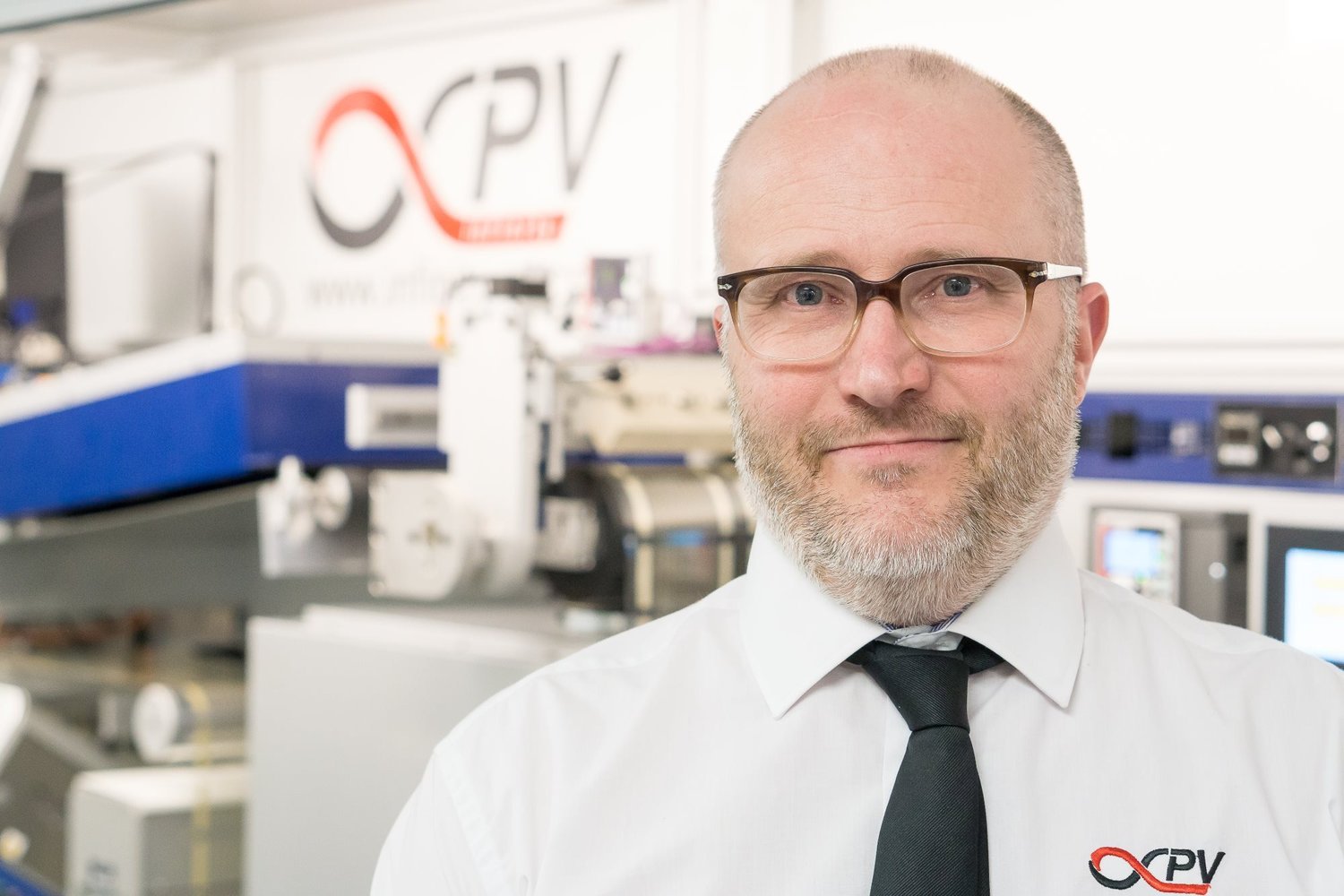









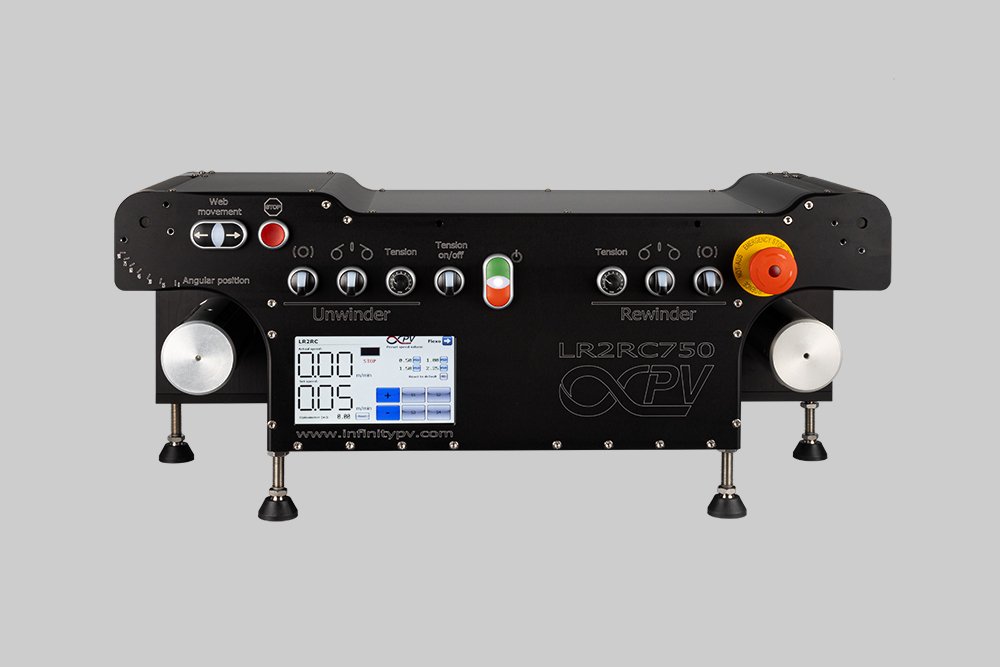


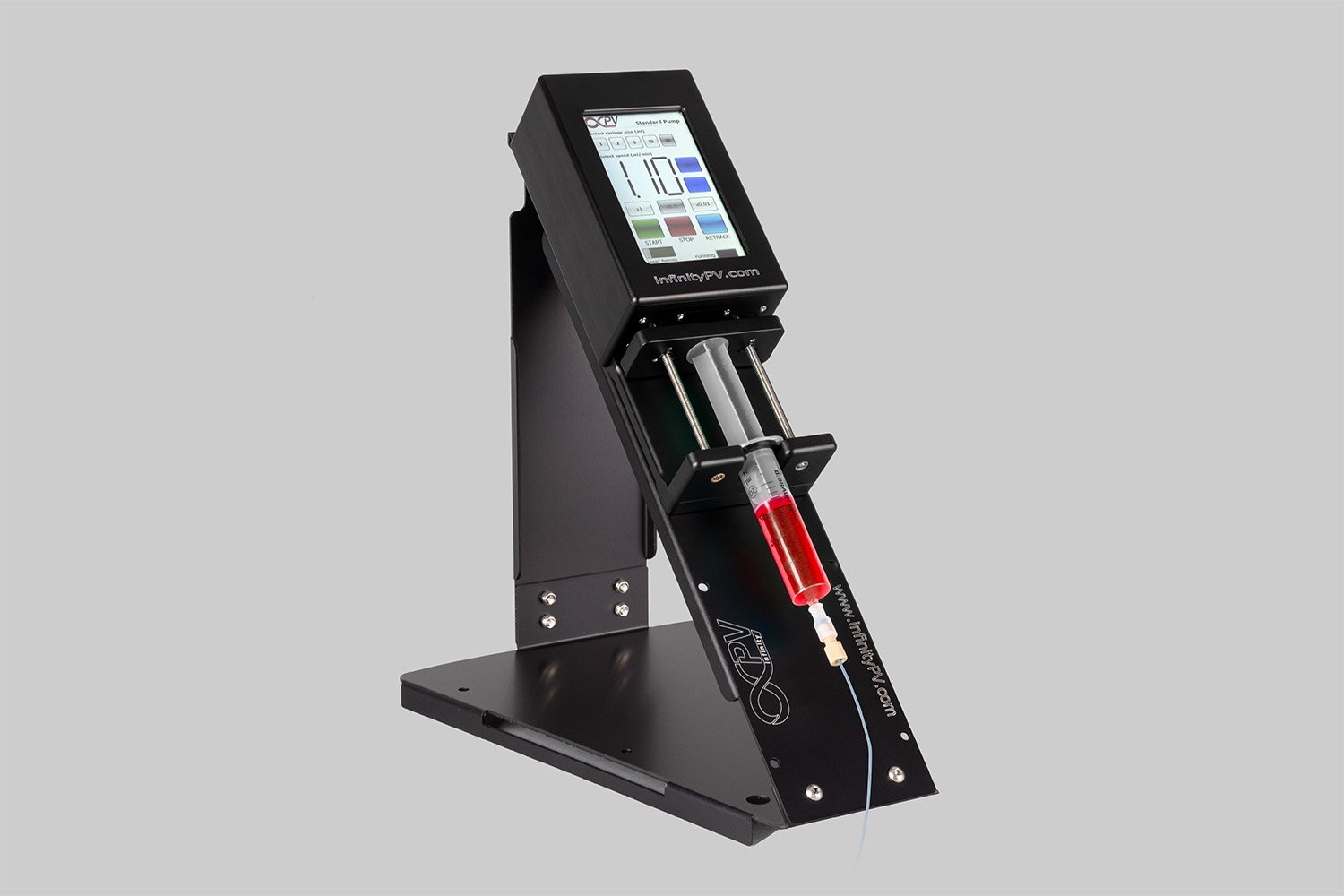

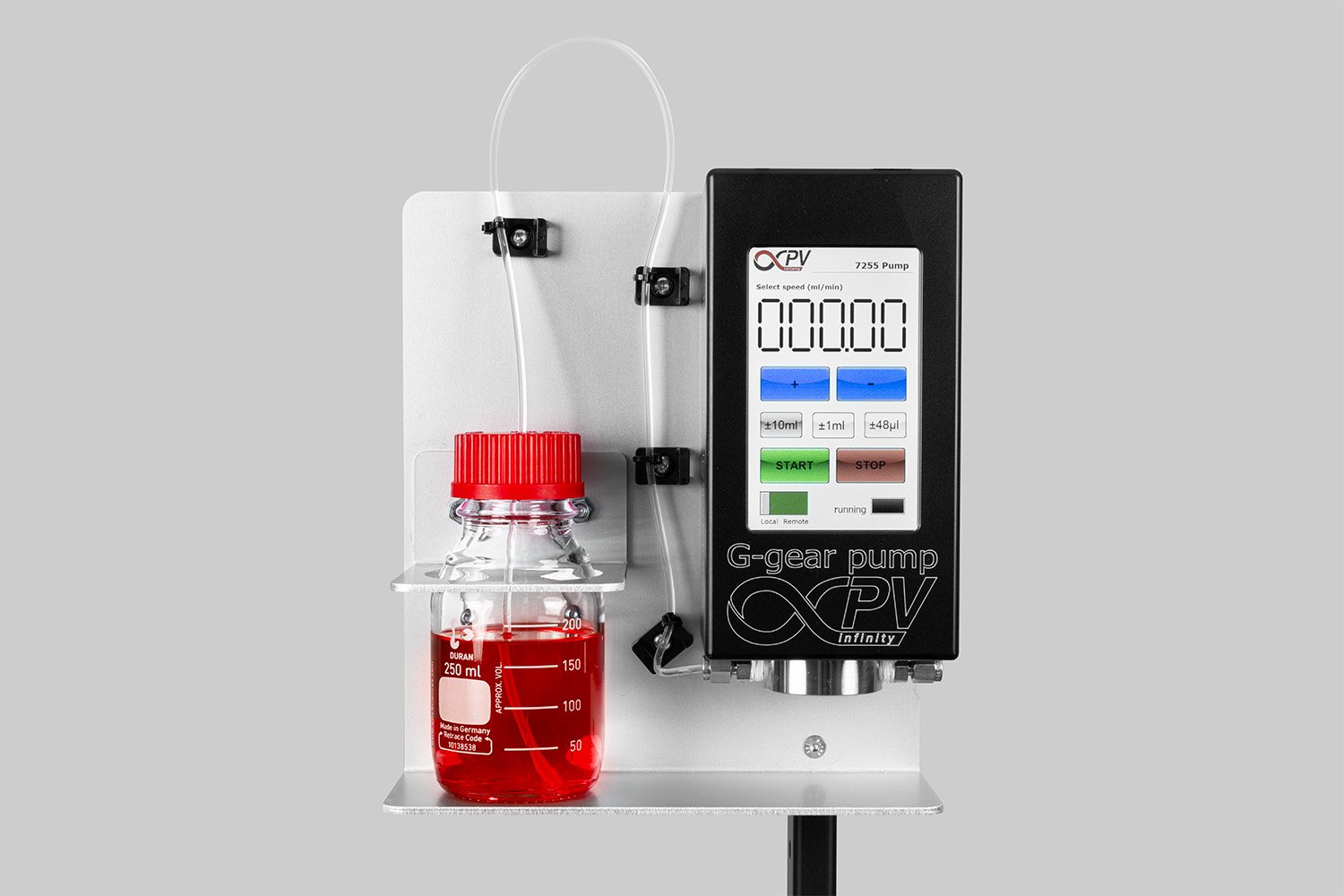
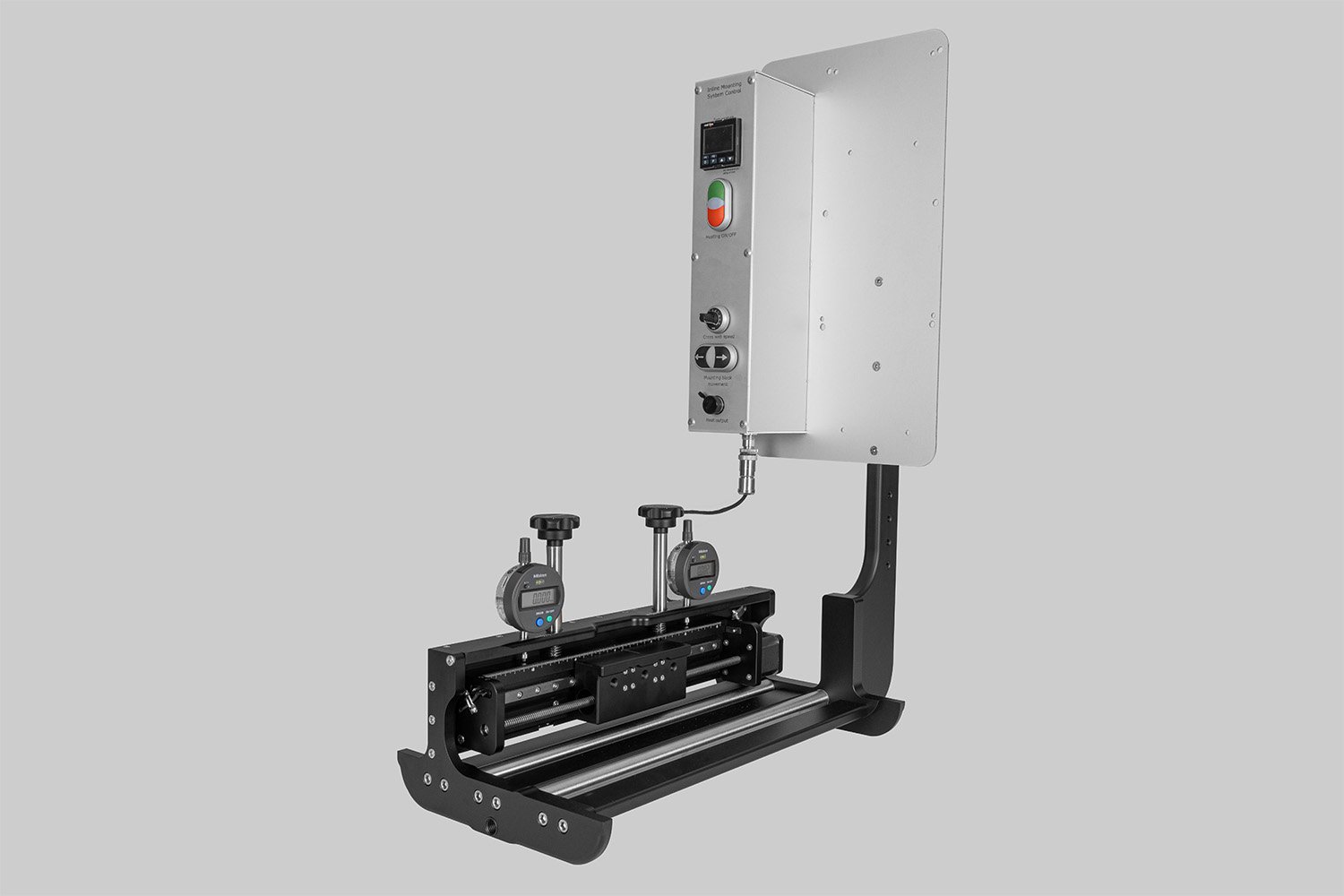
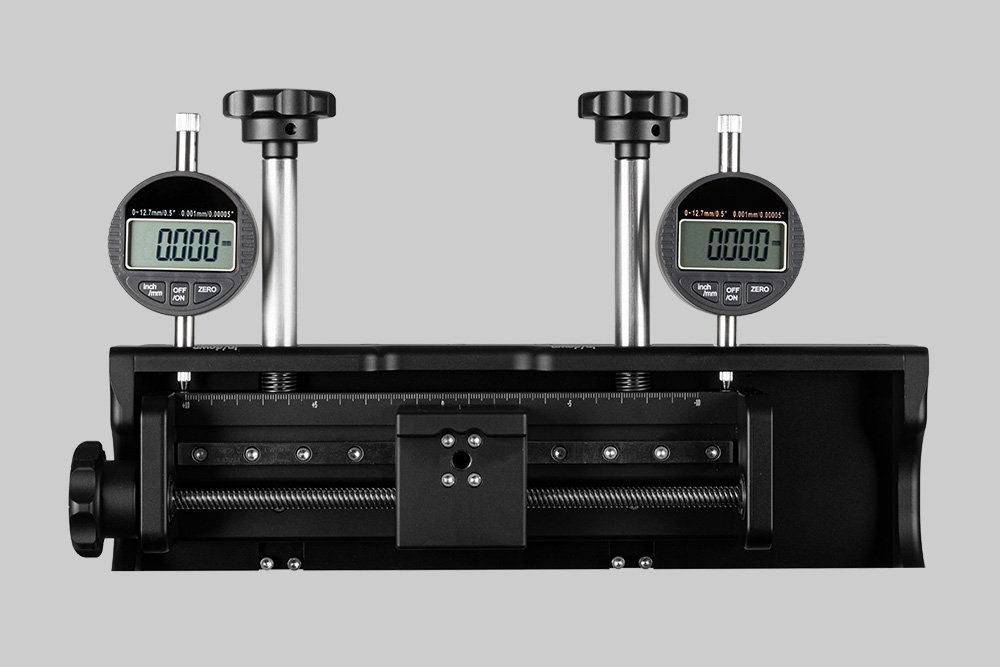
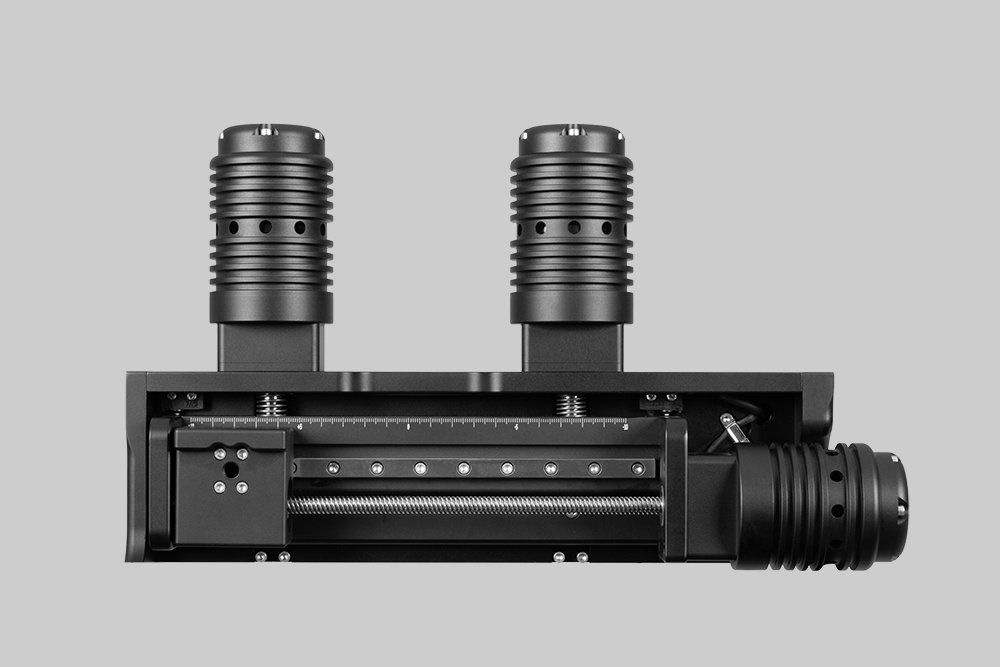

Customized for lab-scale research and development, this system facilitates the efficient application of battery electrode coatings.